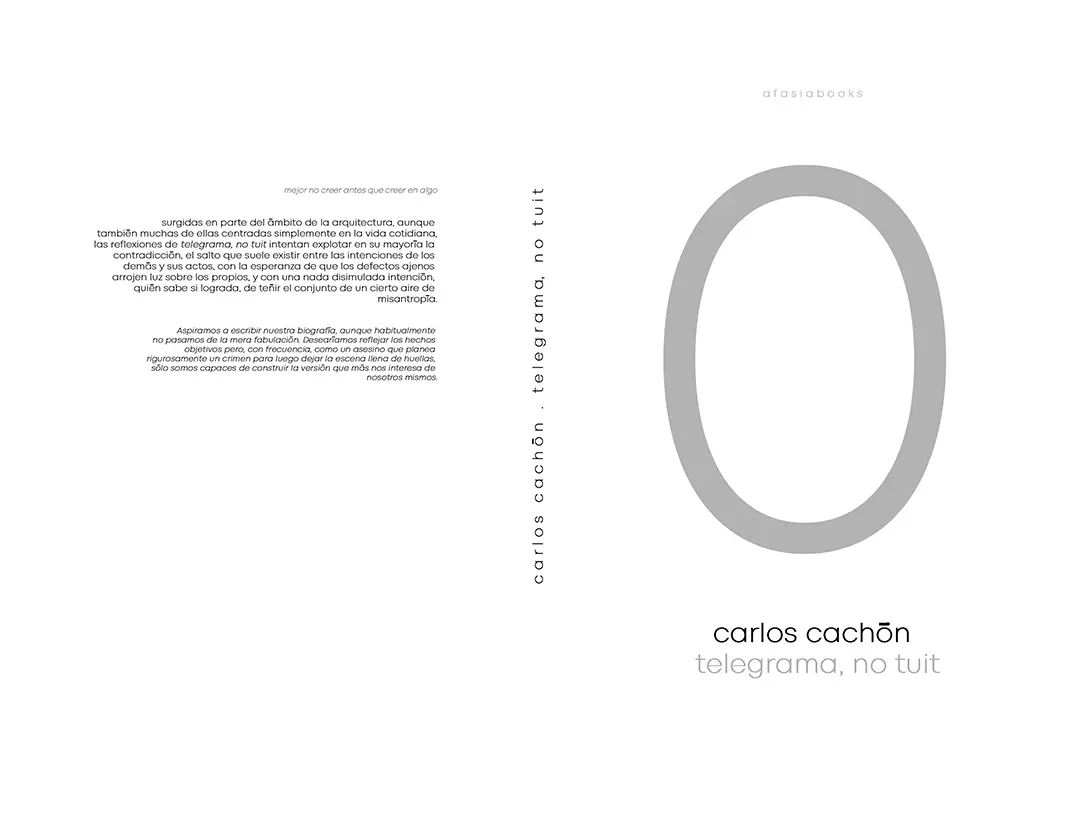
The idea of a museum in the shape of a tower is anything but self-evident. In an era when museums often opt for horizontal, open spaces to optimally illuminate artworks and provide a fluid visitor experience, the M HKA deliberately goes against the grain. By choosing a tower, the M HKA not only demonstrates daring and ambition, but also a deep commitment to the city of Antwerp, which aims to strengthen its role as a cultural hub.
The tower, an architectural challenge, symbolizes the ambition of both the city and the museum. Antwerp, with its rich history of entrepreneurship and culture, sees in this tower an opportunity to create a new civic building. For the M HKA, the tower represents an opportunity to further strengthen its status as a leading international art institution. The museum wants to be not only a landmark in the skyline but also a beacon of progressiveness in the art world.
The M HKA has always challenged the boundaries of what a museum can be. Founded by artists, the museum has its roots in the radical, socio-political movements of the 1960s in Antwerp. Their never-realized home, Gordon Matta-Clark’s notorious Office Baroque, was in fact an office tower. The origin of M HKA is, in other words, an anti-institution in a ‘non-u-ment’—a legacy that anticipates the radical rethinking of a standard museum typology.
This legacy of avant-garde and experiment is reflected in the choice of a tower as a museum form. The verticality of the tower challenges traditional ideas about museum space and experience. Instead of a linear, horizontal stroll through evenly lit halls, visitors here are invited to undergo a layered and dynamic experience.
Inspired by the work of Gordon Matta-Clark, who transformed urban spaces by breaking physical and symbolic boundaries, the M HKA sees the tower as an open system of circulation. Not only physical movement – of visitors, air, and light – but also the flows of ideas, culture, and social interaction are central to the museum’s experience. The tower thus becomes a space where the traditional boundaries between inside and outside, art and society, are constantly challenged and re-evaluated.
THE CITY IN THE BUILDING.
For the M HKA, we have nuanced the distinction between base and tower. The museum is a building with different sections and reference heights in relation to its surroundings. These sections have been explicitly made accessible within the building – they form the ‘platforms’ and organize the museum’s figure.
At the same time, the building makes a soft ‘landing’ in the city. The base is completely porous, in order to eliminate any sense of threshold. The M HKA is part of the city, everyone is welcome. The ground floor is the urban space and forms the first public platform of our building.
The urban routes – from the park and the quays – continue within the building. The public square, typically found in front of a public building, is here internalized. The park on one side and the quays on the other side of this platform form the generous forecourt of our public building. The base of the building forms the Forum: it is where the individual experience can merge with a sense of togetherness. The museum functions as a protected public space where people can gain knowledge and broaden their perception. The depth, length, and width of the forum allow for this: there, the confrontation with art is direct and immediate. To paraphrase Robert Rauschenberg, we try to operate in the gap between life and art. To dismantle the experience of the tower, we have vertically extended this gap, or its public experience: an escalator and a lift, as means for fast, mechanized movement, lead to two open public platforms, the terrace and the skyline. From the beginning, it was important for us to establish the urbanity of the building. We have embraced the paradox of the museum as a tower as an opportunity to define different levels of public space, to bring the city to the sky. It’s not just about creating spectacular places – the ubiquitous rooftop observation deck – these are also places that present themselves as landings in the building’s route and offer unexpected perspectives on the surrounding urban landscape and on the institution itself. For example, there is a public terrace at the height of the plinth that overlooks the roofs of the neighboring buildings. The directness of the physical experience is achieved through various ways of movement throughout the building.·
_















































